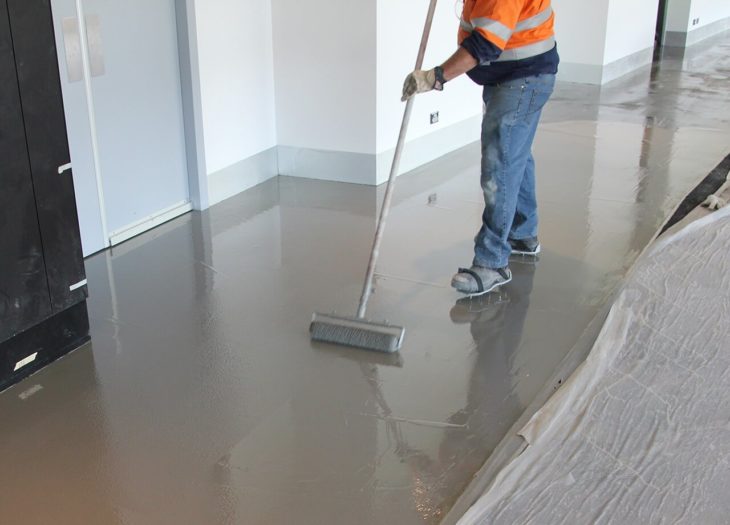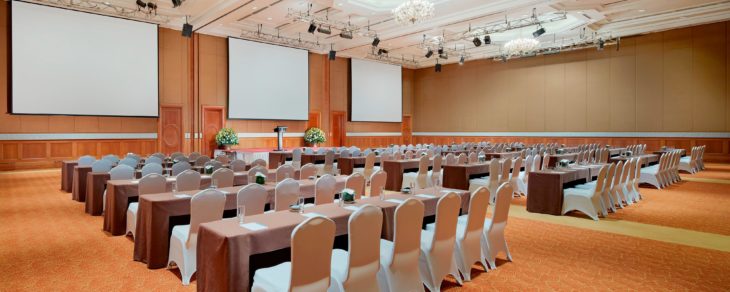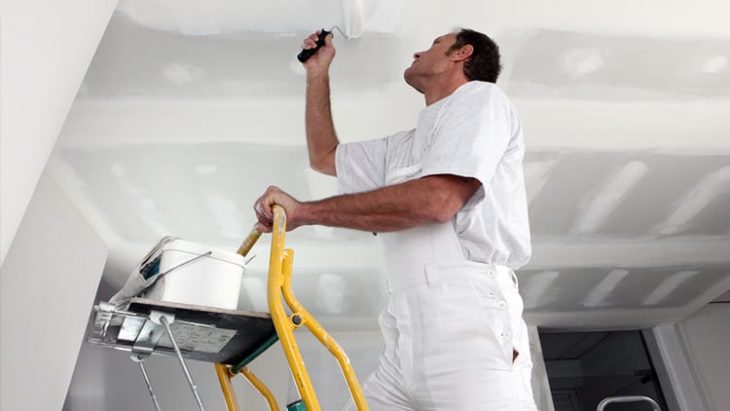The term “integrated pest management” (IPM), also known as “integrated pest control” (IPC), refers to a multidimensional approach that combines chemical and non-chemical methods to effectively control pests. IPM aims to bring insect populations down to levels where they no longer pose a threat to the economy (EIL).
The UN Food and Agriculture Organization defines integrated pest management (IPM) as
“the careful consideration of all available pest control techniques and subsequent integration of appropriate measures that discourage the development of pest populations and keep pesticides and other interventions to levels that are economically justifiable and reduce or minimize risks to human health and the environment by all available pest control techniques and must know about All Seasons Pest Control in Washington.”
What is pest control?
Any animal, plant, or fungus that hurts human activities or the environment is considered a pest, and its regulation or management is known as pest control. The human response varies depending on the severity of the harm caused and might include tolerance, deterrent, and control measures, as well as attempts to eliminate the pest. An integrated pest management approach may include the use of pest control methods.
Basic Components
- Acceptable pest levels
Control is prioritized above eradication. According to IPM, it is frequently impossible to completely eradicate a pest population, and doing so can be risky and expensive. IPM programs first try to define action thresholds—acceptable pest levels—and then implement controls if those thresholds are crossed.
- Cultural practices
The first line of defense is choosing varieties that are best suited to the local growing environment and maintaining healthy crops. Plant quarantine as well as “cultural practices” like crop sanitation
- Biological controls
Control can be achieved using natural biological processes and materials, generally at a lower cost and with a minimal negative impact on the environment. Promoting beneficial insects that prey on or parasitize target pests is the major strategy. This group also includes biological pesticides made from naturally occurring microbes.
General methods
Historically, rodents were captured and killed using dogs and traps by locals or hired rat-catchers. Sticky flypapers are commonly used in homes to catch flies. In larger structures, pests can be caught using techniques like pheromones, artificial volatile compounds, or UV light to draw them in. Some pests can have sticky bases or grids that are electrically charged to kill them.















